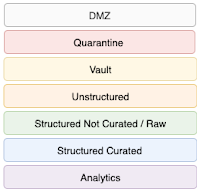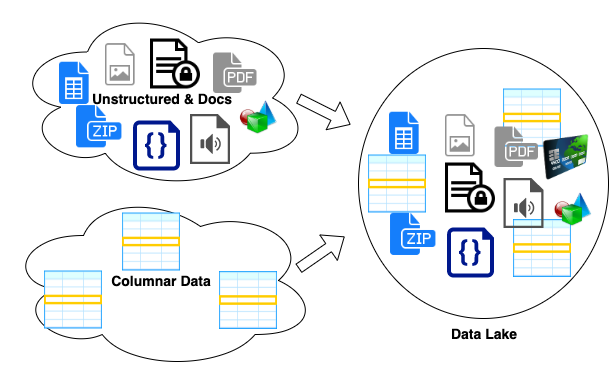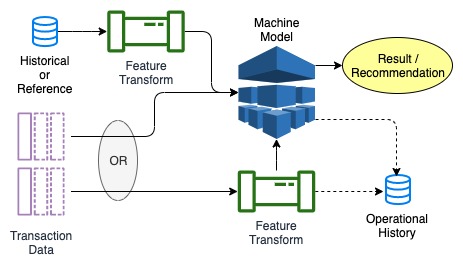Have the team tell you who is important - with an incentive

We wanted our 25 person team tell us who delivered value to them . The one-time exercise was totally opened to being gamed and manipulated as are all systems. We attempted to limit risk by keeping the stakes low. The gift card experiment Proposal: We had a pile of $10 gift cards targeted to be used for incentives. We gave everyone two cards. They were to keep one as a reward and give away the other as a thank you to someone else for their help. Process: Every person was given two gift cards. Each person kept one. This meant no one walked away empty handed. Each person had 7 days to give one away as a thank you for that person's help during the year. Supervisors and team leads were excluded. I did an informal survey to find out who people gave their thank you card to. No records were kept Results A couple people kept there give away cards. This was disappointing but not a surprise. About 1/3 of the earm...



